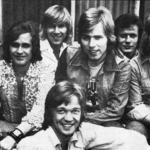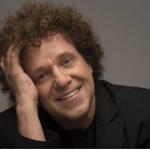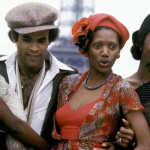“Cat’s in the Cradle” – Harry Chapin
- music
- September 10, 2024

Released in 1974, “Cat’s in the Cradle” by Harry Chapin is a timeless folk rock ballad that explores the complex and often strained relationship between a father and his son. With its emotionally charged lyrics and simple yet powerful melody, the song has become one of Chapin’s most enduring and beloved works. It stands as a poignant commentary on the passing of time, the consequences of misplaced priorities, and the cyclical nature of life.
The song’s lyrics tell a narrative from the perspective of a father, who recounts his relationship with his son at different stages of life. Early in the song, the father is too busy with work and other commitments to spend quality time with his child. Despite the son’s repeated pleas for attention, the father brushes him off, always promising that they’ll spend time together “later.” As the son grows up, he begins to mimic his father’s behavior, eventually becoming too preoccupied with his own life to spend time with his now-aging father.
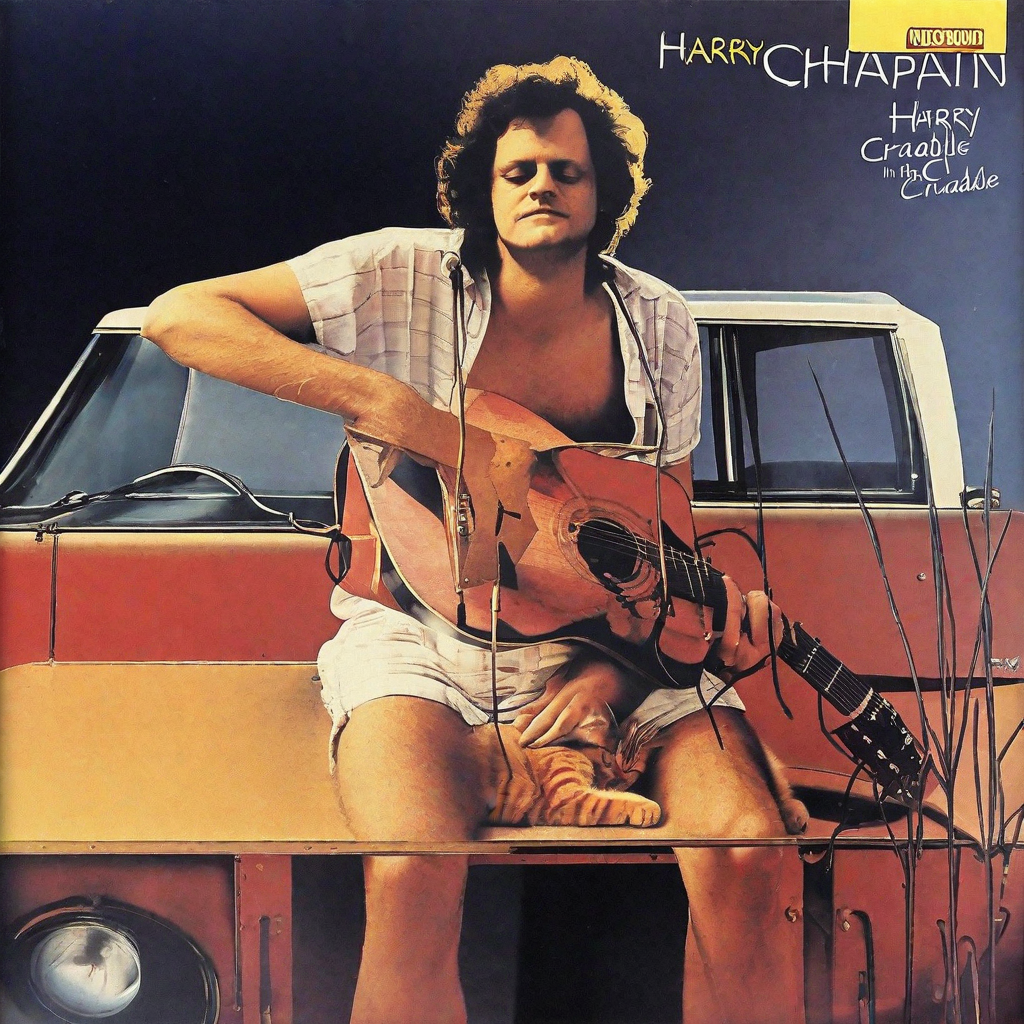
The chorus of the song, with its memorable lines “And the cat’s in the cradle and the silver spoon / Little boy blue and the man on the moon,” uses nursery rhyme imagery to underscore the innocence of the son’s early years and the wistfulness of the father’s missed opportunities. The imagery paints a picture of a child’s world filled with hope and dreams, contrasting sharply with the father’s busy, distracted life. As the song progresses, the roles reverse, with the son becoming a mirror of the father’s neglectful behavior.
One of the most impactful aspects of “Cat’s in the Cradle” is its universal message about the passage of time and the importance of family. The song highlights how easily relationships can slip away if they are not nurtured, and how the choices we make can have lasting consequences. The father’s refrain of “My boy was just like me” becomes bittersweet by the end of the song, as it symbolizes both the son’s success in following his father’s footsteps and the painful realization that the father’s neglect has come full circle.
![Harry Chapin - Live At The Capitol Theater 1978 [CD] – Renaissance Records US](https://www.renaissancerecordsus.com/cdn/shop/files/1_f32b28ef-cc3d-42ce-8d76-d42cc8e3d7ab.png?v=1689267772)
The song was inspired by a poem written by Chapin’s wife, Sandy, about her first husband’s relationship with his father. She had intended it as a cautionary tale about the fleeting nature of childhood and the importance of being present for one’s children. Harry Chapin took the poem and turned it into the powerful ballad that became a major hit, resonating with audiences across generations.
Musically, “Cat’s in the Cradle” is built around a simple acoustic guitar riff, allowing the lyrics to take center stage. The sparse arrangement gives the song an intimate, reflective feel, as though the narrator is sharing a personal confession. Chapin’s vocal delivery is earnest and emotional, conveying both the regret of the father and the inevitable passing of time. His voice carries a sense of melancholy and resignation, which perfectly complements the song’s theme of missed opportunities.
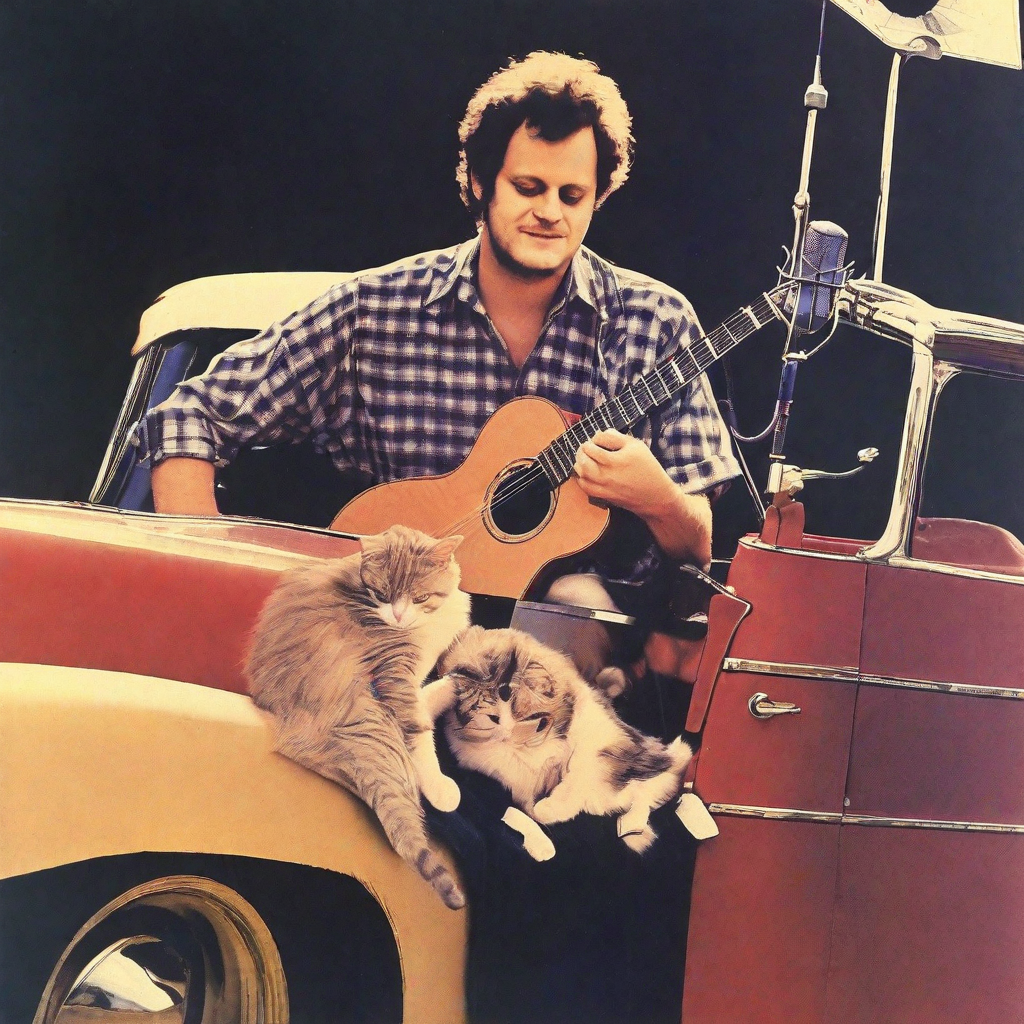
The song’s structure follows a straightforward narrative, moving through time as the son grows older and the father realizes too late what he has lost. Each verse brings the listener closer to the song’s inevitable conclusion, where the father’s regret is fully realized. The repetition of the chorus throughout the song serves to reinforce the theme of time slipping away, as the father’s promises to spend time with his son remain unfulfilled.

“Cat’s in the Cradle” became Harry Chapin’s only number one hit on the Billboard Hot 100, and its success helped to cement his place in the pantheon of great American singer-songwriters. The song’s message struck a chord with listeners, many of whom saw their own lives reflected in its story of missed connections and lost time. Its emotional depth and timeless relevance have ensured its place as one of the most enduring songs of the 1970s.
Beyond its commercial success, the song has become a cultural touchstone, often referenced in popular media and covered by numerous artists. Its themes of parental neglect and the passage of time continue to resonate with new generations of listeners, making it a staple of classic rock radio and a go-to song for anyone reflecting on the importance of family relationships.

In conclusion, “Cat’s in the Cradle” by Harry Chapin is a masterful piece of songwriting that explores the painful consequences of not prioritizing relationships with loved ones. Through its simple, poignant lyrics and haunting melody, the song delivers a powerful message about the importance of being present for the people we care about, before it’s too late. Its universal themes and emotional resonance have made it a timeless classic that continues to move listeners nearly five decades after its release.


